

Articles
How To Store Sopapillas
Modified: December 7, 2023
Learn how to properly store sopapillas with our informative articles. Keep your sopapillas fresh and delicious for longer!
(Many of the links in this article redirect to a specific reviewed product. Your purchase of these products through affiliate links helps to generate commission for Storables.com, at no extra cost. Learn more)
Introduction
Sopapillas, a delightful Mexican dessert, are a staple in many households and restaurants. These fluffy pillows of fried dough are often served with powdered sugar and a drizzle of honey or cinnamon. Whether you have made a large batch of sopapillas or are simply looking to store some leftovers, knowing the proper storage methods is essential to maintain their freshness and flavor.
In this article, we will delve into the art of storing sopapillas to ensure you can enjoy their tasty goodness even days after they are made. We will explore the different storage options, including room temperature storage and freezing techniques. We will also provide handy tips for reheating stored sopapillas to restore their texture and taste. So, let’s dive in and learn how to store sopapillas for maximum enjoyment!
Key Takeaways:
- Properly storing sopapillas is essential for maintaining their freshness and flavor. Whether at room temperature or in the freezer, using airtight containers and proper labeling can extend their shelf life for maximum enjoyment.
- Reheating stored sopapillas can restore their warmth and crispiness. Whether using the oven, microwave, or skillet, monitoring closely to avoid over-drying or burning is key to enjoying these delightful treats.
Read more: How To Store Sopapilla Cheesecake
Understanding Sopapillas
Before we delve into the storage techniques, let’s take a moment to understand sopapillas themselves. Sopapillas are a traditional Mexican dessert that dates back centuries. They are made from a simple dough mixture of flour, baking powder, salt, and water. This dough is then rolled out, cut into small squares or circles, and deep-fried until golden and puffy.
The result is a light and crispy pastry that is often enjoyed as a sweet treat. Sopapillas can be served in various ways, including sprinkled with powdered sugar, drizzled with honey or syrup, or even stuffed with savory fillings like meat or cheese.
Due to their fried nature, sopapillas have a relatively short shelf life compared to other baked goods. However, with the right storage techniques, you can extend their freshness and enjoy them for a longer period of time.
Now that we have a better understanding of sopapillas, let’s move on to exploring the best storage methods to keep them fresh and delicious!
Choosing the Right Storage Method
When it comes to storing sopapillas, selecting the appropriate storage method is crucial to maintain their texture and taste. The two primary options for sopapilla storage are keeping them at room temperature or freezing them.
If you plan on consuming the sopapillas within a day or two, storing them at room temperature is a convenient option. However, if you want to store them for a longer period, freezing is recommended to preserve their freshness.
Both storage methods have their advantages and considerations, so let’s delve into each one to help you make an informed decision.
Storing Sopapillas at Room Temperature
If you anticipate consuming the sopapillas within a day or two, storing them at room temperature is a viable option. Here’s how to go about it:
- Allow the sopapillas to cool completely before storing them.
- Place them in an airtight container or wrap them tightly in plastic wrap.
- Store the container or wrapped sopapillas in a cool, dry place away from direct sunlight and sources of heat.
It’s essential to keep in mind that sopapillas stored at room temperature will begin to lose their crispiness over time. Therefore, it is best to consume them within 24-48 hours for the optimal taste and texture.
Properly Freezing Sopapillas
Freezing sopapillas is an excellent option if you want to store them for an extended period. By freezing them, you can enjoy sopapillas weeks or even months later. Here’s how to freeze sopapillas:
- Allow the sopapillas to cool completely after frying.
- Place the sopapillas in a single layer on a baking sheet lined with parchment paper.
- Transfer the baking sheet to the freezer and let the sopapillas freeze until solid, which usually takes around 2 hours.
- Once frozen, transfer the sopapillas to a freezer-safe bag or airtight container. Make sure to squeeze out any excess air before sealing.
- Label the bag or container with the date and contents.
- Return the sopapillas to the freezer, where they can be kept for up to 3 months without significant loss of quality.
Freezing sopapillas preserves their freshness and allows you to enjoy them whenever the craving strikes. Just remember to thaw them before consuming, which brings us to the next section.
Read more: How To Store Basil From Store
Storing Sopapillas at Room Temperature
If you plan on consuming sopapillas within a day or two, storing them at room temperature is a suitable option. Here’s the step-by-step process:
- Allow the sopapillas to cool completely after frying. This ensures that condensation doesn’t form inside the storage container, which can lead to sogginess.
- Once the sopapillas have cooled, transfer them to an airtight container or wrap them tightly in plastic wrap. Make sure there is no exposure to air, as it can cause them to dry out quickly.
- Store the container or wrapped sopapillas in a cool, dry place away from direct sunlight and sources of heat. The pantry or kitchen counter away from the stove is usually a suitable location.
It’s important to note that storing sopapillas at room temperature will cause them to lose their crispiness over time. It is recommended to consume them within 24 to 48 hours for the best taste and texture.
If you’re unable to finish the stored sopapillas within the recommended timeframe, freezing them is a better option to preserve their freshness and extend their shelf life. Let’s explore the freezing method in the next section.
Properly Freezing Sopapillas
If you want to preserve sopapillas for an extended period, freezing them is the way to go. Follow these steps to freeze sopapillas properly:
- Allow the sopapillas to cool completely after frying. This gives them a chance to reach room temperature, preventing condensation from forming during the freezing process.
- Place the sopapillas in a single layer on a baking sheet lined with parchment paper. Make sure they are not touching each other to avoid sticking together.
- Transfer the baking sheet to the freezer and let the sopapillas freeze until solid, which usually takes around 2 hours. Freezing them individually on the baking sheet prevents them from clumping together and makes it easier to thaw later.
- Once the sopapillas are frozen solid, transfer them to a freezer-safe bag or airtight container. Squeeze out any excess air before sealing to prevent freezer burn.
- Label the bag or container with the date of freezing. This helps you keep track of their storage time in the freezer.
- Return the sopapillas to the freezer, where they can be stored for up to 3 months without significant loss of quality.
When you’re ready to enjoy the frozen sopapillas, you’ll need to thaw them first. Remove the desired number of sopapillas from the freezer and let them thaw at room temperature for about 1 to 2 hours. Alternatively, you can warm them in a preheated oven at a low temperature for a few minutes.
By following these freezing guidelines, you can enjoy the deliciousness of sopapillas long after their initial preparation. Now that you know how to store sopapillas at room temperature and freeze them properly, let’s move on to the next section to discover how to reheat stored sopapillas for the best results.
Reheating Stored Sopapillas
When it comes to reheating stored sopapillas, there are a few methods you can use to restore their warmth and crispiness. Here are some options:
Oven Method
- Preheat your oven to 350°F (175°C).
- Place the stored sopapillas on a baking sheet in a single layer.
- Warm them in the oven for about 5-7 minutes, or until they are heated through and crispy.
Read more: How To Store Store-Bought Bread
Microwave Method
- Arrange the stored sopapillas on a microwave-safe plate.
- Microwave them on high power in 15-second intervals, flipping them after each interval to ensure even heating. Repeat this process until they are warmed to your liking.
Skillet Method
- Heat a skillet over medium heat.
- Place the stored sopapillas in the skillet and cook them for about 1-2 minutes on each side, or until they become warm and slightly crispy.
Regardless of the reheating method you choose, be careful not to let the sopapillas become overly dry or burnt. It’s essential to monitor them closely during the reheating process to achieve the desired texture.
Remember that reheating can affect the crispiness of sopapillas, especially if they have been in the refrigerator or freezer. However, with these methods, you can still enjoy warm and tasty sopapillas when stored leftovers or frozen ones.
Now that you know how to properly store sopapillas and reheat them, let’s explore some tips for extending their shelf life to maximize their freshness.
Tips for Prolonging Shelf Life
To ensure that your sopapillas stay fresh and delicious for as long as possible, here are some helpful tips:
1. Proper Storage Containers:
Invest in airtight containers or storage bags that are specifically designed to keep food fresh. This will help prevent air exposure and moisture absorption, which can lead to staleness.
Read more: How To Store Basil From Grocery Store
2. Avoid Humidity:
Sopapillas are best stored in a cool, dry place. Avoid storing them in areas with high humidity, as it can make them soggy and lose their desirable texture.
3. Separate Layers:
If you need to stack sopapillas for storage, place parchment paper or wax paper between the layers to prevent them from sticking together.
4. Label and Date:
Always label your storage containers with the contents and date of storage. This will help you keep track of the freshness and ensure you consume them within a reasonable timeframe.
5. Use Freezer-Safe Packaging:
When freezing sopapillas, make sure to use freezer-safe bags or containers to prevent freezer burn. Squeeze out excess air from the packaging before sealing.
Read more: How To Store Beats
6. Portion Control:
If you often find yourself with leftover sopapillas, consider portioning them before storing. This way, you can easily thaw and reheat only the amount you need, minimizing waste.
7. Reheat in Batches:
If you have a large quantity of stored sopapillas, reheat them in batches rather than all at once. This ensures that each batch is perfectly heated and maintains its crispy texture.
8. Don’t Refreeze Thawed Sopapillas:
Once you have thawed sopapillas, it is not recommended to refreeze them. This can negatively affect their texture and taste.
By following these tips, you can prolong the shelf life of your sopapillas and maintain their flavor and quality for an extended period.
Now that you’re equipped with all the storage knowledge, go ahead and enjoy your sopapillas whenever you’re craving a taste of this delightful Mexican dessert!
Conclusion
Sopapillas, with their irresistibly fluffy and crispy texture, are a delightful treat that can be enjoyed fresh or stored for later consumption. By understanding the proper storage methods and following some helpful tips, you can prolong the shelf life of your sopapillas and ensure they remain delicious.
Whether you choose to store sopapillas at room temperature for short-term enjoyment or freeze them for longer storage, proper packaging is key. Use airtight containers or freezer-safe bags to prevent air exposure and moisture absorption. Label and date your storage containers to keep track of freshness.
When it comes to reheating sopapillas, methods such as using the oven, microwave, or skillet can restore their warmth and crispiness. Remember to monitor them closely to avoid over-drying or burning.
To prolong the shelf life of sopapillas, store them in a cool, dry place, and avoid high humidity. Separate layers with parchment or wax paper to prevent sticking. Avoid refreezing thawed sopapillas, as it can impact the texture and taste.
By following these guidelines, you can keep your sopapillas fresh and enjoy their delightful flavor for an extended period. So, whether you’re baking a batch of sopapillas for a special occasion or have some leftovers, you now have the knowledge to store them properly.
Now, go ahead and savor the joy of delicious sopapillas anytime you want, knowing that you can enjoy them even days or weeks after they are made. Happy storing and indulging in this delectable Mexican treat!
Frequently Asked Questions about How To Store Sopapillas
Was this page helpful?
At Storables.com, we guarantee accurate and reliable information. Our content, validated by Expert Board Contributors, is crafted following stringent Editorial Policies. We're committed to providing you with well-researched, expert-backed insights for all your informational needs.
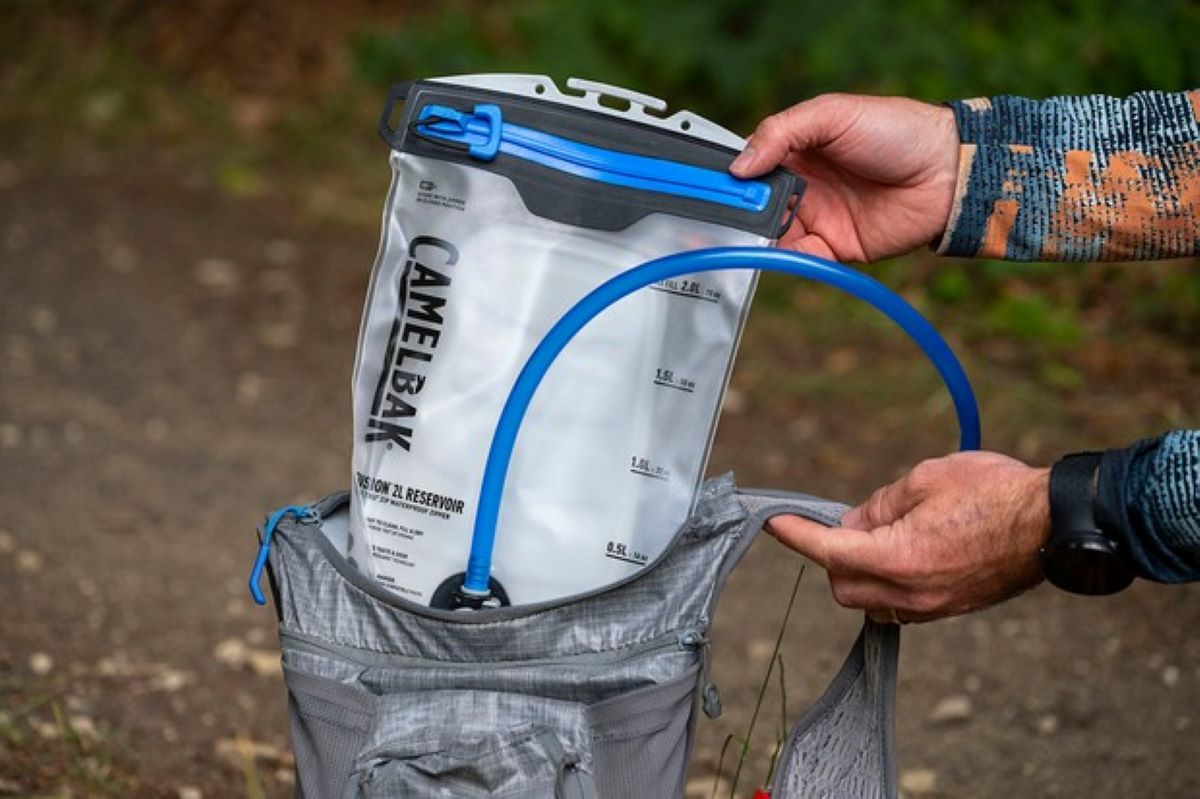
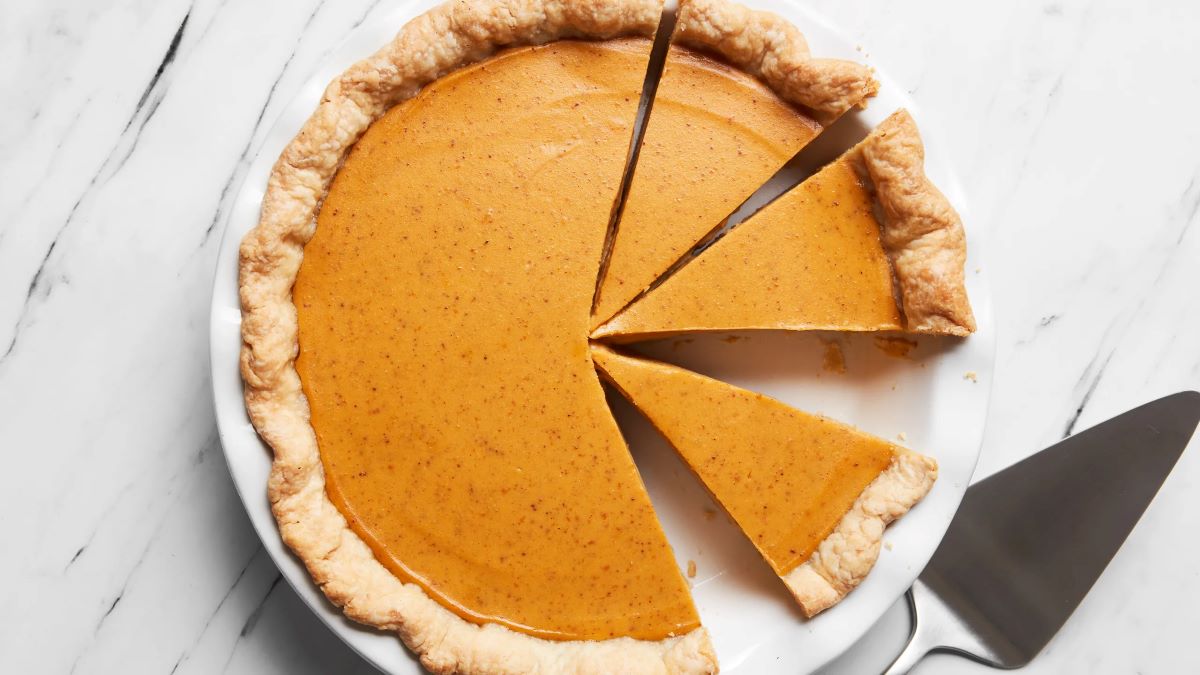
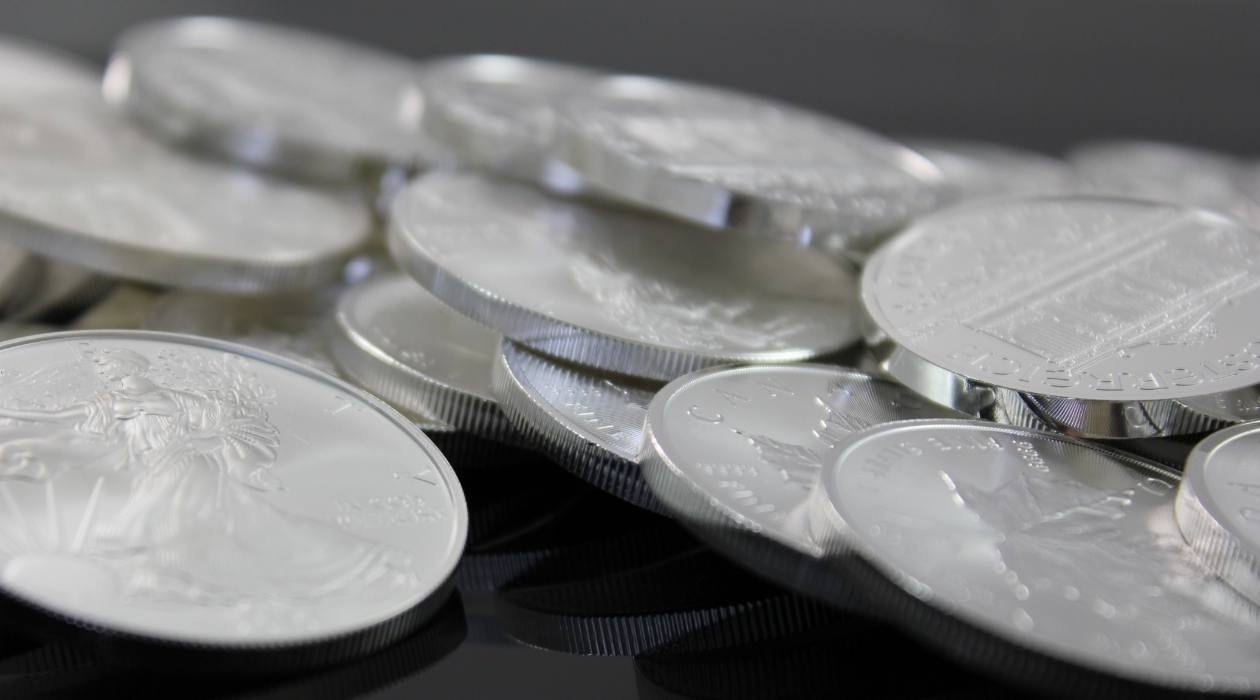
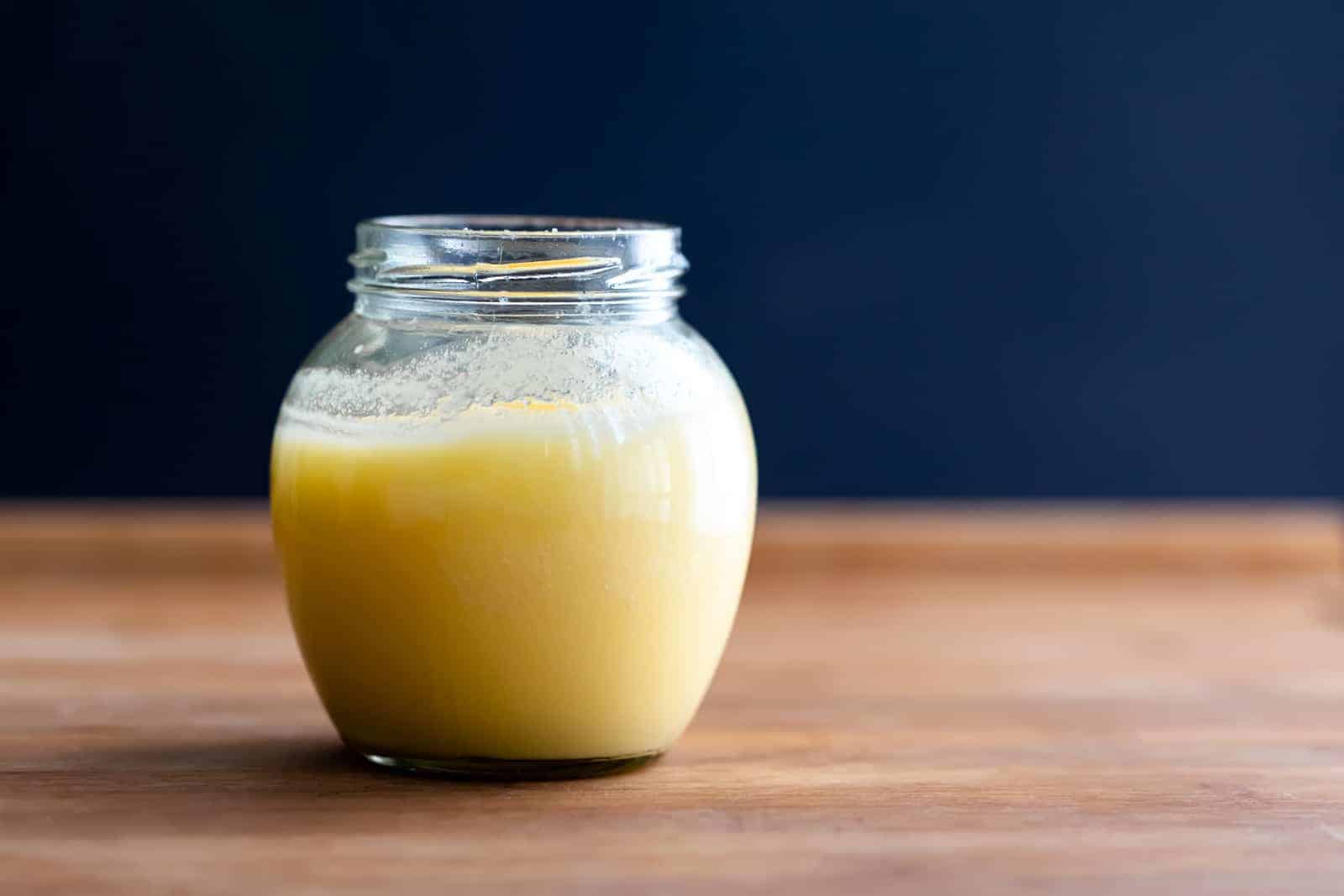
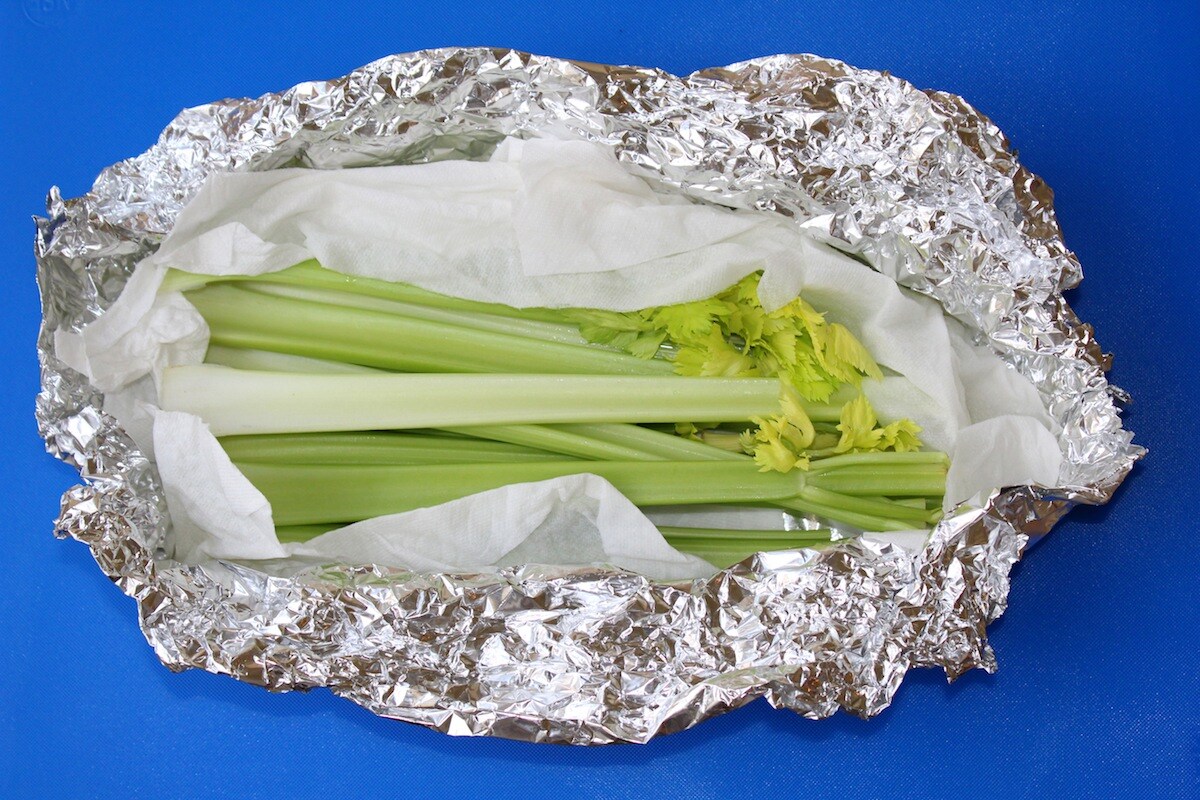

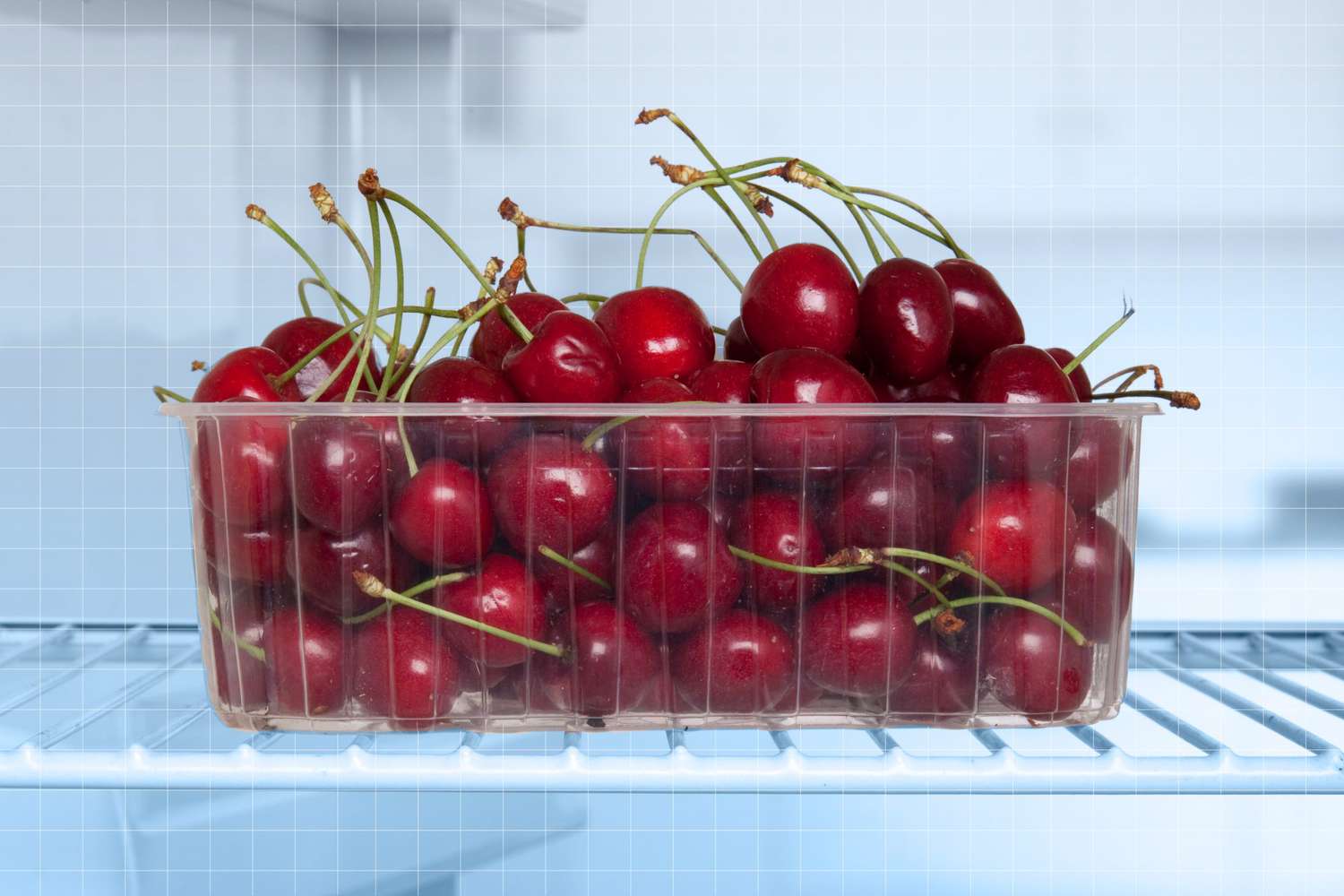

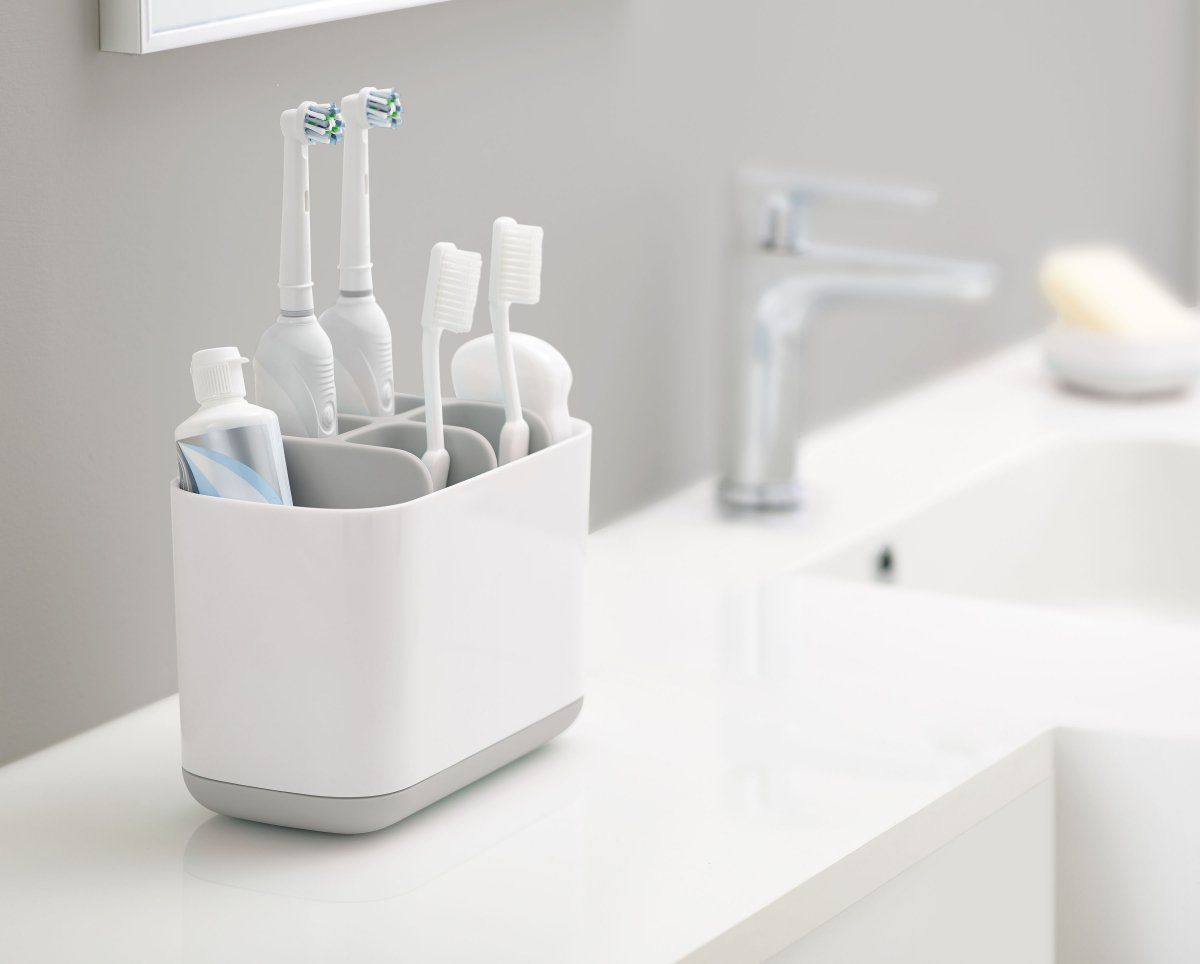
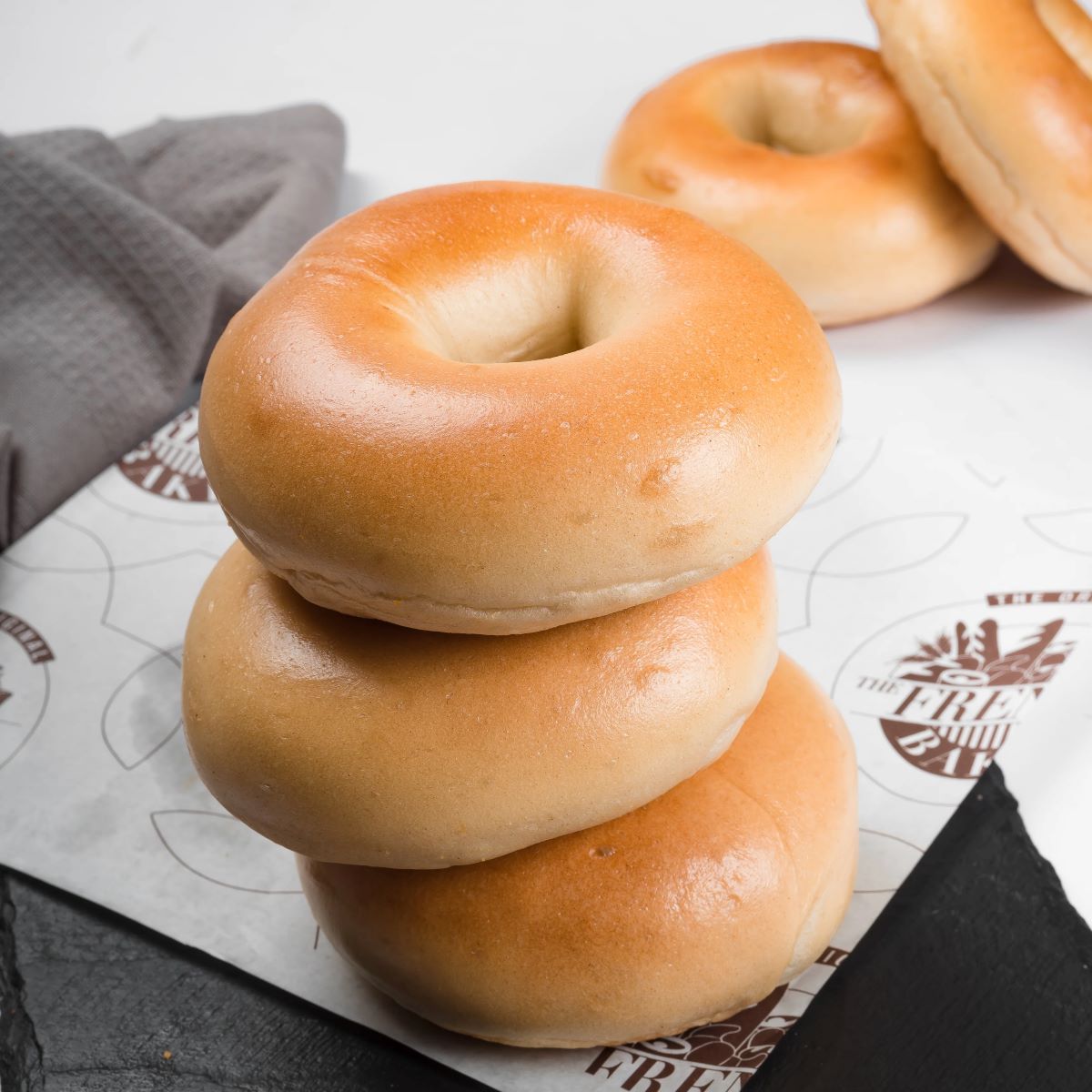


0 thoughts on “How To Store Sopapillas”